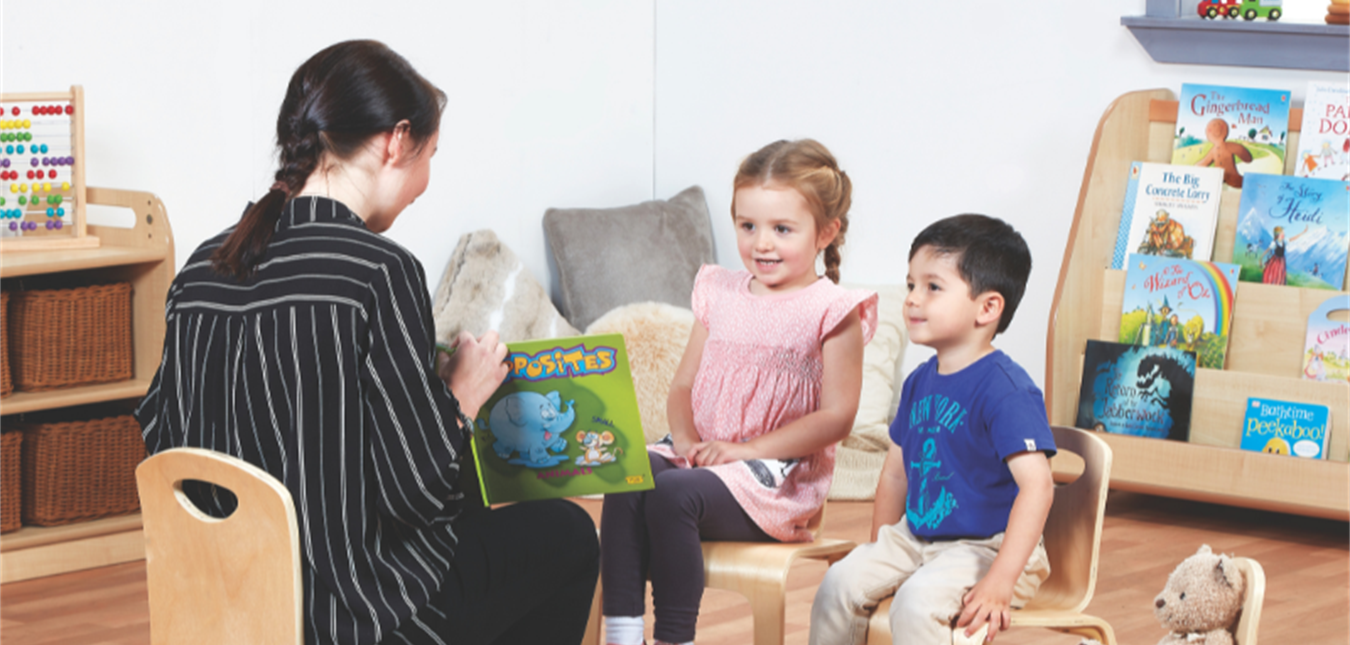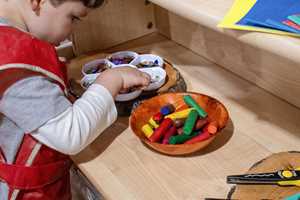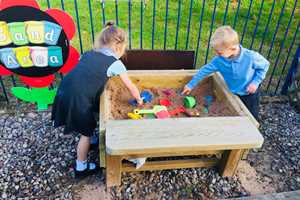
Special Educational Needs
10 Essential Tips for Building an Inclusive Classroom Environment
Inclusion in the classroom is about the quality of children's experiences, how they are helped to learn, achieve and participate fully in the school community. Ofsted believe that inclusive education means identifying, assessing and meeting individual needs well and making sure all children achieve their potential.
What is an Inclusive Classroom?
A truly inclusive classroom is one where educators set high expectations and give every learner confidence that they can succeed. Teachers establish what children already know and build on it.
.jpg)
Lessons are structured to make learning experiences challenging and enjoyable. Pupils are active partners in their learning and develop both skills and important personal qualities.
The Importance of Inclusive Education
The National Curriculum states that lessons should be planned to ensure that there are no barriers to every pupil achieving. Teachers must plan lessons so that students engage with every National Curriculum subject.
The Ofsted School Inspection Handbook places great importance on school's creating an ambitious curriculum which is designed to give pupils, particularly disadvantaged pupils (including pupils with SEND) the knowledge they need to take advantage of opportunities, responsibilities and experiences in later life.
How to Create an Inclusive Learning Environment
An inclusive classroom is one in where students have built positive, secure, trusting relationships with their teachers.

Pupils will be actively involved in their learning, able to develop their thinking skills and have opportunities to regularly review their work.
Starting the School Day
Students benefit from clear routines at the start of the day in order to settle effectively.
- Teachers can stand by the classroom door and greet children with a smile and a friendly 'Good Morning, how are you today?' This will make children feel welcome and wanted and allows teachers to assess children's behaviour and readiness to learn.
- As children come in they can collect a starting task such as maths re-cap questions or spelling practise in the form of a wordsearch. Visual prompts can remind children of this regular settling task.
- Certain children may have particular roles as they come into class each morning such as giving out learning materials, making sure that pencils on their table are sharpened etc. Some children may need a movement break before they start their learning task.
The Use of Visuals
The use of visual resources in the classroom supports different learning styles.
.jpg)
Visuals help to deliver and reinforce key messages and instruction to the children.
- Use visuals to state the starting and finishing time of activities, to pre-warn of a new activity or changes to the lesson pace for example a symbol could be used to show partner discussion or a picture of a table to reinforce everyone is to move back to their tables.
- A visual timetable or 'First, Next, Then' boards can help students to structure their day and understand transitions. Visual Checklists can help some children to create common daily routines.
- Visuals can support new vocabulary, helping children with memory or language difficulties.
- Visual displays cater to different learning styles and can be really useful if they are referred to and actively used as part of learning.
Inclusive Classrooms Consider Classroom Furniture
Classrooms need to fulfill a wide range of different functions and meet the needs of different children at the same time. A classroom space should be supportive of the children's learning. If we want children to listen and focus, we need to ensure that they are comfortable.
.jpg)
Often children are asked to sit on chairs that are too big or too small or on the floor when it is not comfortable. Pentagon Play's Partnership with Millhouse offers schools versatile options when it comes to classroom furniture. Tables are height adjustable and can be curved, rectangular or circular. A wide range of chairs offers different shapes and sizes and Pentagon's own cushioned stools are ideal for learning and play.
Not all children will be able to comfortably sit cross-legged on the floor. Do all children need to be sitting? Pentagon's range of furniture solutions would allow some children to stand, lie down or walk around the room before settling.
The Environment as the Third Teacher
The Reggio Emilio approach to education refers to the classroom environments role as the 'third teacher.' A positive learning environment can promote inclusion and transform the way that teachers and pupils feel about the school.
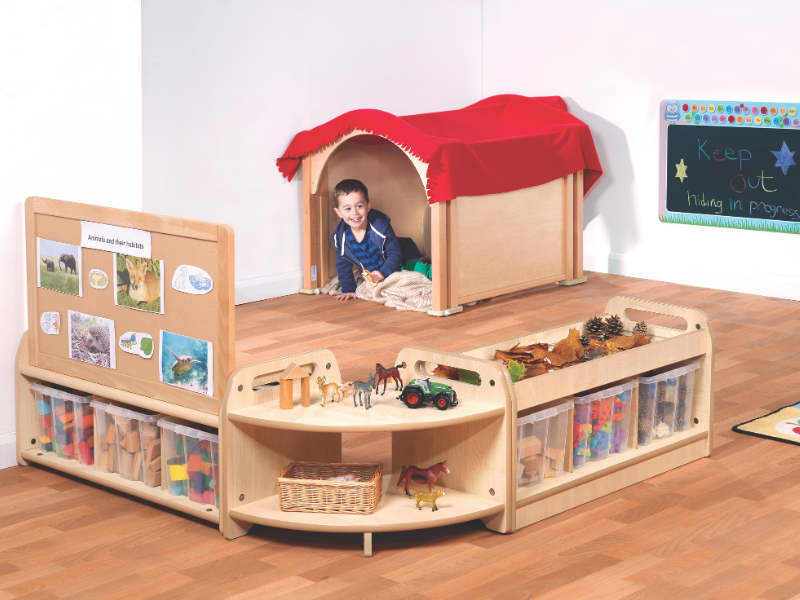
Classroom spaces can convey important messages and expectations which can change pupils behaviour. When considering inclusion in the classroom environment:
- Consider using calm and neutral displays with flashes of colour as a tool to support increased attention.
- Use personalised items such as name drawers, pegs and displays of children's work so that students feel valued
- Avoid clutter or overwhelming displays which may be distracting.
- Provide a safe space to work quietly or to retreat to within the classroom for pupils with sensory sensitivity.
- Minimise background noise by having furniture with movable castors and soft-closing doors.
- Provide easy access to support materials.
Encouraging Independent Learners
Children need to believe that they can succeed in work given to them.
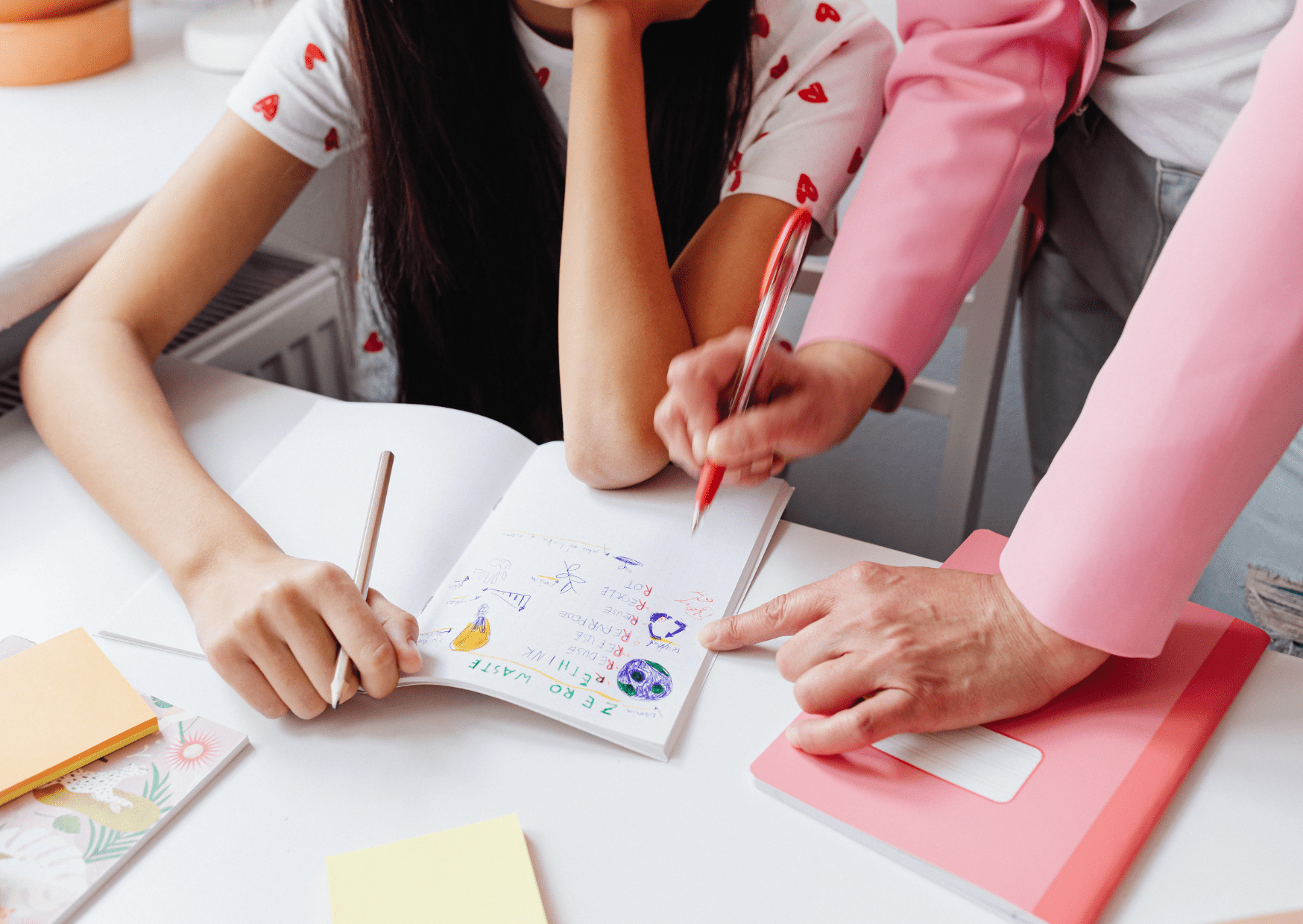
In order to build self-belief and independence teachers may use the following classroom strategies:
- Employ a Staggered Start - Some children may not be able to access teacher input in a certain lesson. Instead of building feelings of failure and frustration children can work on a pre-learning starter task or re-cap previous content. When other children are settled the class teacher can then take time to sit with this focussed group of learners.
- Have a Try and I'll Be Back - Teachers can go over areas of confusion with a learner. Once understood, give them time to complete a set number of questions/examples before returning. This allows learners to attempt their tasks independently whilst knowing that support is coming.
- Provide Modelled Sentence Starters and Examples - Providing children with a set structure can stop them feeling frustrated but also allows them to contribute some of their own ideas.
Giving Clear Instructions
To create an inclusive classroom environment it is important for educators to give instructions as effectively as possible.
- Aim to give short, simple and concise instructions which focus on one task at a time.
- Give a demonstration or use gestures and facial expressions to support instructions. This could involve pointing, holding up a number of fingers or a book, giving eye contact etc.
- Consider visual written instructions with symbols to support such as a picture of a book, a symbol showing two children indicating pair working, or a clock when setting a time limit.
Adapting Lessons for Different Learners
Teachers employ a range of approaches and use various resources to allow all children to access their learning more easily. The majority of children can be supported by making small adaptations and tweaks in order to access learning at the curriculum level of the majority of their class group.

In lessons all children may start with the same task yet some children may be working with larger numbers or advanced vocabulary. Some may follow set models and use apparatus to support whereas others will work independently.
An Education, Health and Care Plan
There may be a few children within many mainstream classrooms who have an EHCP (an Education, Health and Care Plan) and require a fully differentiated curriculum for all or specific areas of learning. These children will work on the same subject areas but at a completely different level with different resources.
A differentiated curriculum is often designed by a class teacher and SENCO with TA support. Therefore children with an EHCP can access learning and make progress at their own level.
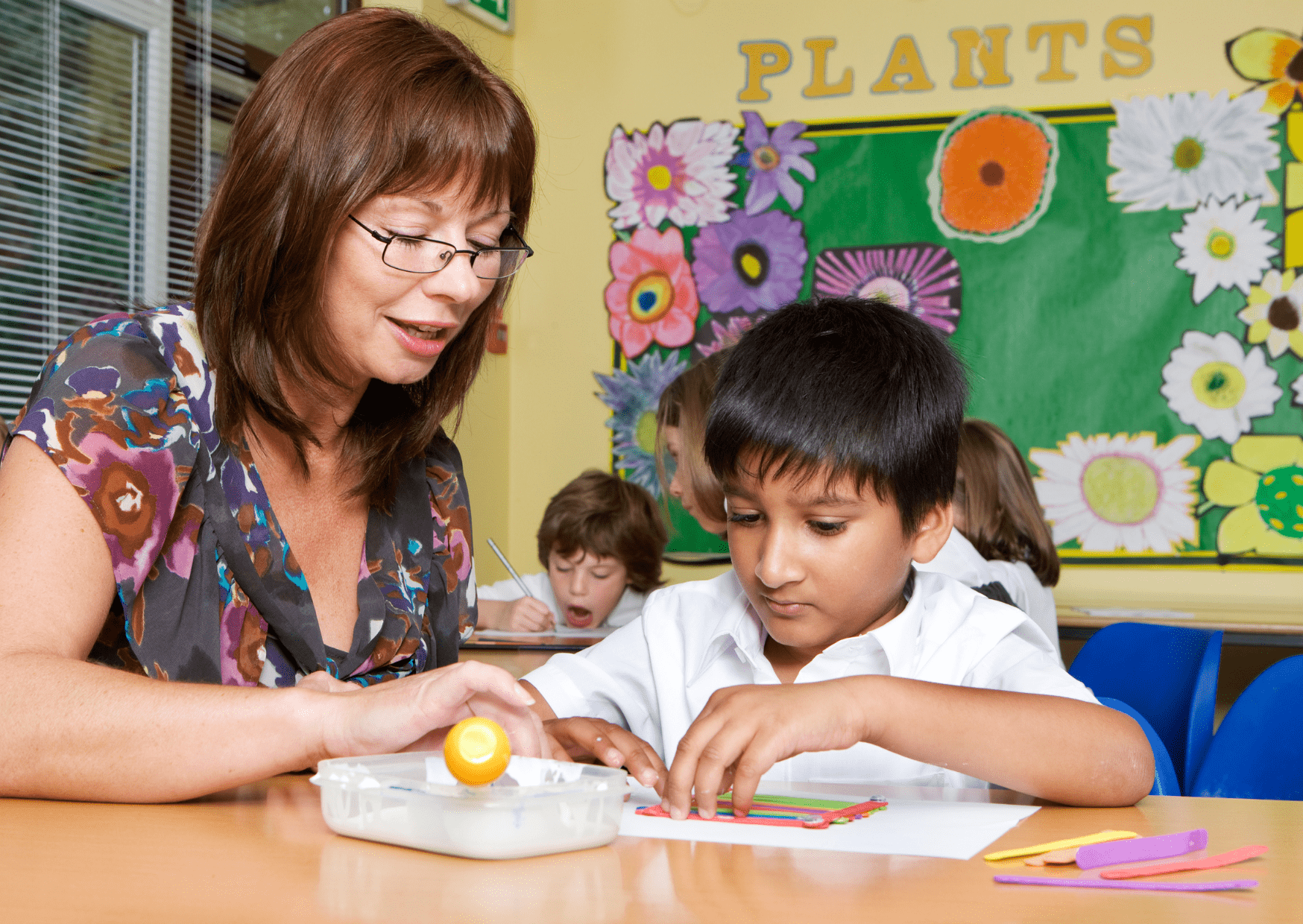
Ways in which teachers can effectively support the needs of all learners in an inclusive classroom:
By Support:
- Adult support for part of the lesson - perhaps the start of the task
- Offering quick additional explanations and re-caps
- Go through some extra examples
- One-to- one adult support for part of the lesson
- Support with reading a task
- Asking different questions or in a different way
- Simplifying vocabulary
- Using apparatus and visual resources to support understanding for example some children may have access to mind maps, writing frames, prompt cards, word lists or pictures
Ways in Which Children Can Show What they have Learnt
We need to carefully consider how we are asking pupils to demonstrate their learning. It may not be suitable to expect all children to record their learning through handwritten responses instead different children can record their learning in different ways.
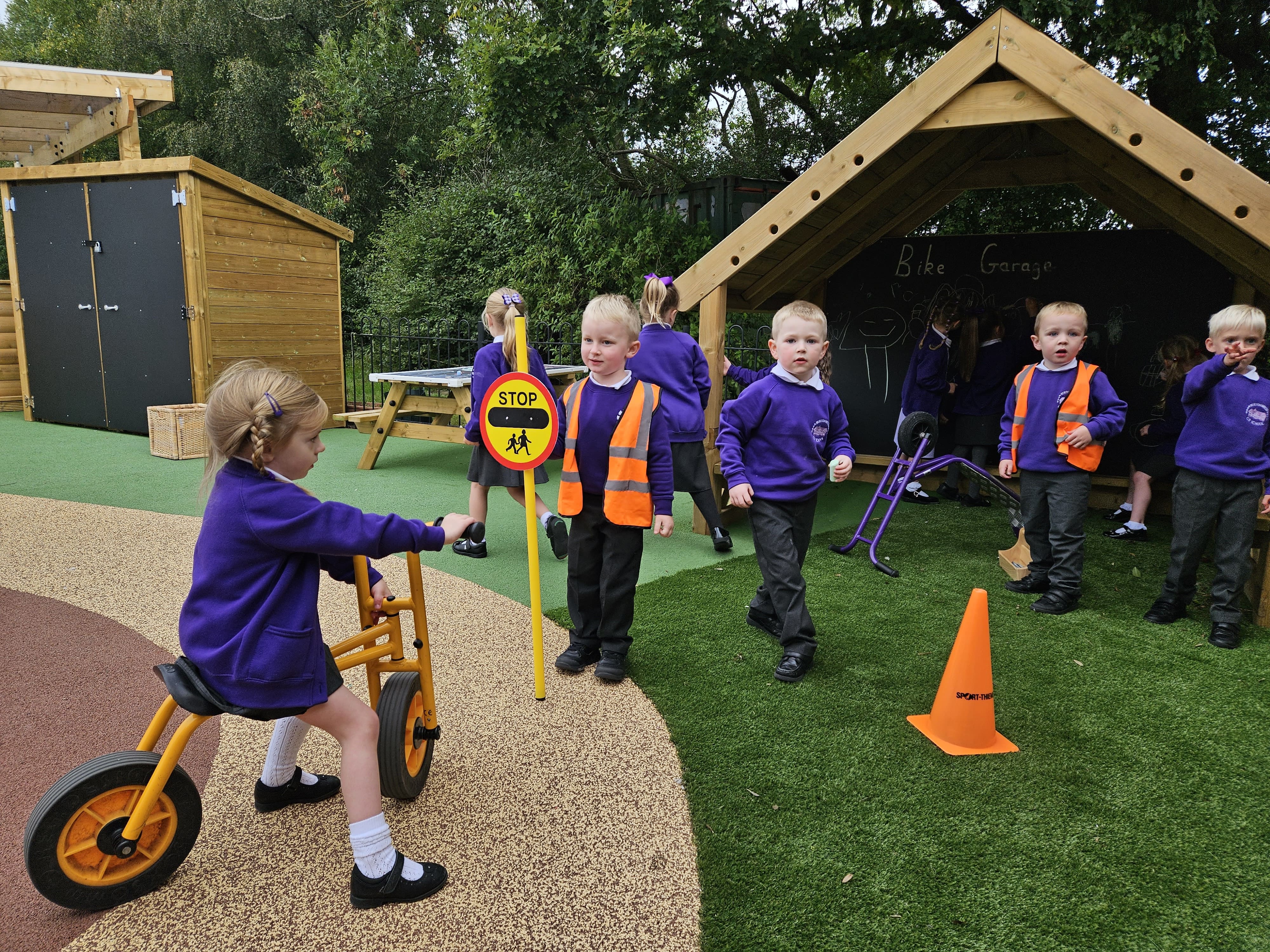
Pupils can: use IT to record, draw pictures, create a poster, take photographs of work, use role play and small word play and use movement, models and talk.
Group Projects
School life often requires some sort of group skills. Group work is built into the curriculum where it can actively support learning. Children often enjoy sharing their ideas with others but group work does not come without its challenges.
If children are tackling new material or working on a subject they find difficult perhaps they should be allowed to choose how they work whether on their own or in small groups. If a child is working on something they are confident with they may be able to work in a larger group to concentrate on social demands.
.jpg)
Group work can be difficult for children with sensory needs as people are in different places and the noise level will increase as children talk to each other. The hustle and bustle of group work can be distracting for some children who will find it hard to focus and concentrate.
Top Tips for group work in an inclusive classroom include:
- Allow children to choose one person they would like to work in a group with.
- Aim to explicitly teach 'listening and responding' by allowing students to finish their points and actively listen and not interrupt others. Use of an object may help here - children can speak if they are holding a certain object or a card turned over to a green side could be used by pupils to indicate that they want to speak.
- Give each child a specific role in group work such as: a manager/facilitator who keeps everyone on task, a recorder who scribes all written work, a presenter who feeds the group’s ideas back to the class, a resource-gatherer and a timekeeper.
- Consider available space in the learning environment when working in groups. Plan group work so that children can spread out. Pentagon's range of versatile indoor classroom furniture allows teachers to create different layouts allowing each group to have an allocated space. Group work provides more opportunities for children to work in different positions either standing, sitting on the floor or even lying down.
- Think carefully about how groups feedback on the outcomes of their task. Could children move around the classroom and see what others have done perhaps leaving a written comment or maybe different groups could answer and feedback on different questions.
Lesson Feedback and Reflection
During lessons teachers will gather feedback by moving around the classroom, talking to children about their learning and offering support. Teachers will guide pupils to comment on their learning and refer to these comments in plenary sessions to see if other students agree.
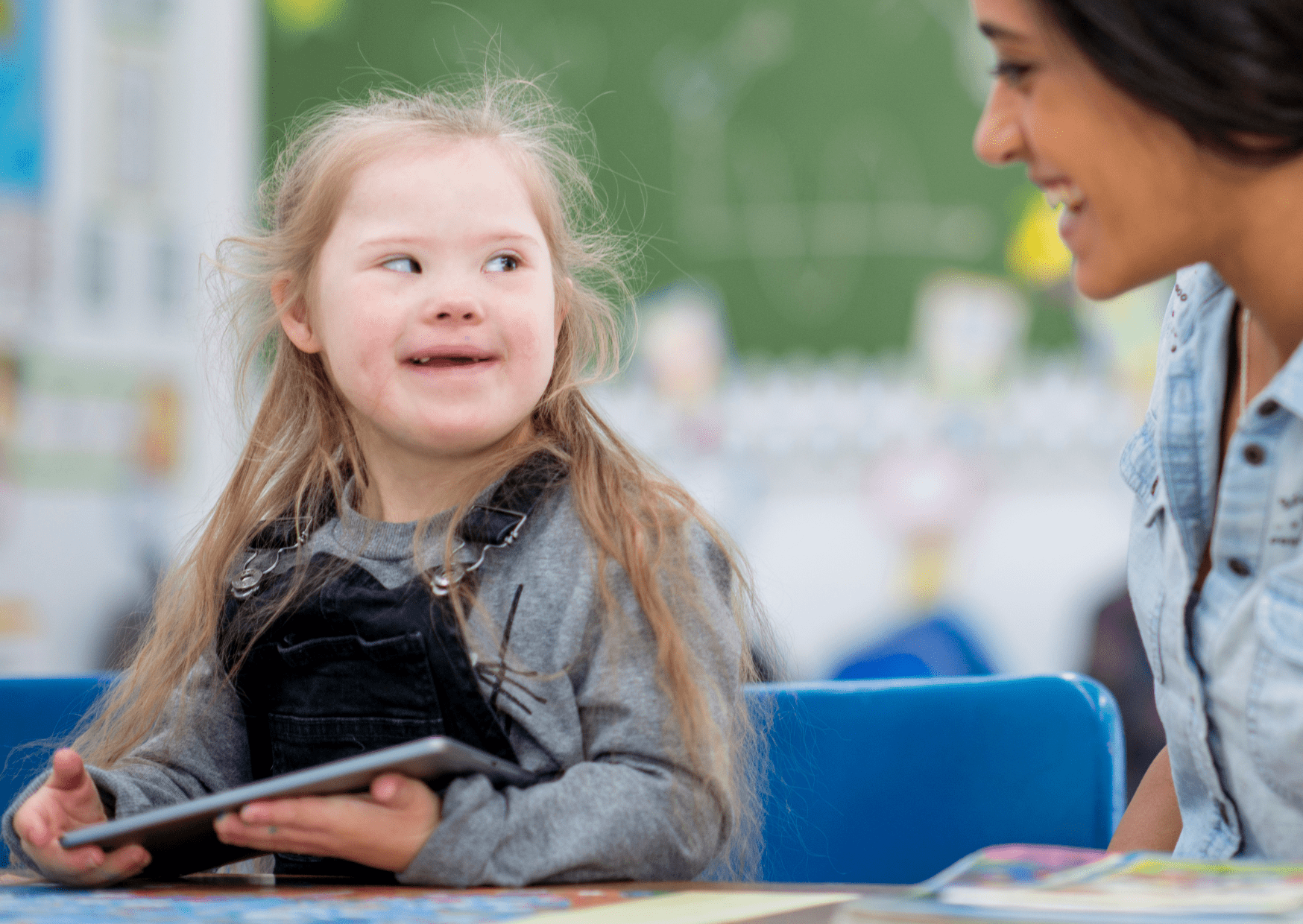
For some learners the idea of evaluating and editing their work is complicated. This process needs to be modelled and broken down into smaller steps. Some ideas to support this process are:
- Working with a 'critical friend'. Children can read and share their work with one another offering ideas for improvement.
- Focussed editing - some children may focus on improving key words which they struggle with or set spellings which follow a particular rule.
- Peer Evaluation - it is useful if children have set criteria of features they are looking for and sentence stems for how certain features could be improved.
- Students could evaluate their work by using a checklist, answering specific questions, looking for specific items or using a scale sore system.
The Maya Angelou quote 'People will forget what you said, people will forget what you did, but people will never forget how you made them feel' has a clear message. At the end of the school day we want all children to feel valued and wanted and ready to take their knowledge beyond the classroom.
Difficulties in learning can arise from an unsuitable environment, inappropriate grouping of pupils, inflexible teaching styles or inaccessible curriculum materials. An inclusive learning environment is one where difference is valued, pupils are set suitable challenges and barriers to learning and assessment are overcome.



